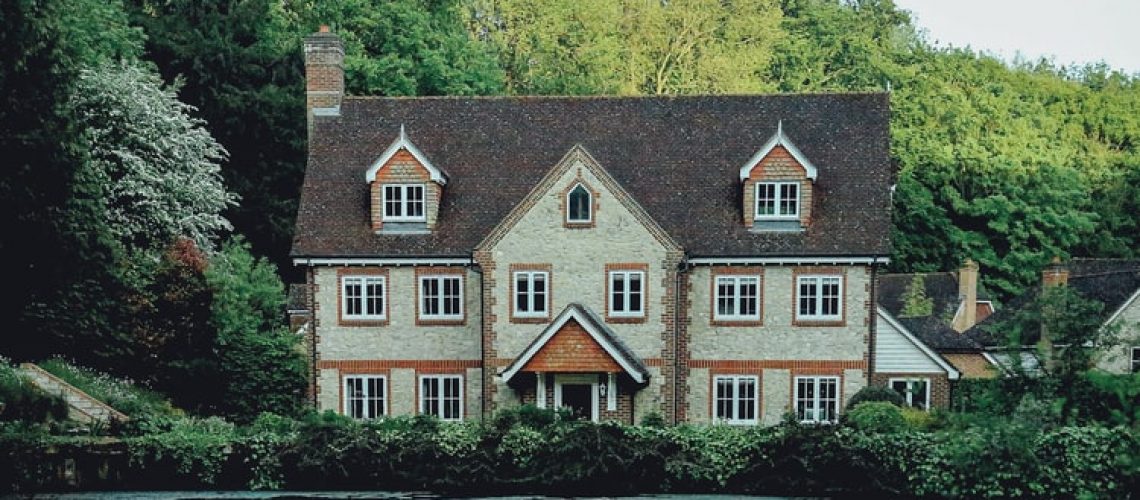Scaled Agile Framework or SAFe® is currently the most widely used scalable agile methodology in the industry. We have already written two articles about SAFe®. Just take a look: SAFe® – explained in a nutshell & The 4 levels of SAFe®.
The Scaled Agile Framework SAFe® combines approaches from the agile methods Scrum, Kanban and eXtreme Programming with Lean Thinking. The SAFe® House of Lean also has its roots in lean management. It builds on the Toyota Production System (TPS). The guiding principle of the Toyota Production System is that you only produce what you need at the time. The goal is the elimination of waste factors and errors.
Before we go any deeper, a quick note. We recently had 11 international senior agile practitioners as guests in one of our webinars, asking one question: How do you scale agile methods the right way?
The result of this is the following fantastic video recording that answers some of the key questions when scaling agile, for example:
- Should you start your agile transformation rather bottom-up or top-down?
- How do you align leadership on a common goal and vision?
- How do you choose the right agile framework – and why is that actually not that important?
My recommendation: take a look! The video is rather long, but every single minute is worth it.
What is the SAFe® House of Lean?
The House of Lean is a system of knowledge and learning. It accompanies the agile transformation and is very strongly oriented to the TPS system. Basically, the House of Lean can be compared to the shell of a house. It needs a strong foundation, consists of essential supporting pillars and a roof - in our case the goal.
Source: (SAFe®)
By the way, talking about agile transformation... one quick hint: Do you want to make sure that you are setting the right priorities in your agile transformation ?
Fill out our agile maturity assessment for your agile transformation – it only takes 3 minutes! You will even get a benchmark based on the more than 300 participants we already have. Have fun 🙂
Let's start building the house:
- The foundation: Lean-agile leadership
To understand lean-agile leadership, we should take a closer look at the term lean management: Lean management is a management philosophy with principles and methods to make processes more efficient. Efficient means that we achieve a goal with as little effort as possible. It is about minimizing waste in order to reduce costs, shorten process flows and avoid errors - while at the same time, one always wants to achieve the best possible Quality .
Lean management is process-oriented and starts with looking for improvement potential in one's own work. It is not only the company itself, but the customer who decides what is considered improvement and what is considered waste.
However, the agile form of organization is not a stable, rigid organizational structure. It makes use of the advantages of lean management and is generally neither project- nor process-oriented. It builds on a framework with artifacts and rituals, but above all places the added value and the people within the system at the center of its work.
Agile-Lean Leadership in the House of Lean model combines the two management methods and creates a very stable basis, the framework and the security for employees to try out, to be courageous, to make mistakes and thus creates sustainable team success. Lean-agile managers actively steer change and improvement and drive their employees forward.
- Pillar: Respect for people and culture
This pillar focuses on creating a positive, safe, and performance-driven culture where you trust and respect the people you work with and are people-centered. Did you know that respect is a basic human need? Long-term sustainable relationships should be created. Note: thing and person are always to be separated.
Most Agile Coaches and Scrum Masters run in circles...
...fixing superficial symptoms. Time to use psychology to foster sustainable mindset change.
- Pillar: Flow
Here it is a matter of harmonizing the capabilities and requirements of the products and the people. The value in the process and in the collaboration is constantly optimized - to deliver optimal quality to the customer, but also to manage diverse variants. You move away from the process to the product.
The agile approach, i.e. understanding the whole process, visualization, elimination of delay or waste are enormously important to achieve flow. Motivation is also a crucial factor to achieve the flow state.
But what does the term flow actually mean psychologically? flow describes the feeling of a mental state of complete immersion (concentration) and complete absorption in an activity proceeding as if by itself.
Did you know that the flow effect was discovered by happiness researcher Mihaly Csikszentmihalyi in the 1970s and - along with autonomy and community - is the second most important pillar for the development of motivation? So agility and happiness are directly related. Watch this video to find out: What is flow?
In the SAFe® House of Lean Model, the psychological flow is not directly meant, but rather the "flow of delivery" or a steady delivery of product increments for the customer. Nevertheless, the psychological flow is certainly a good basic prerequisite for this and must also be taken into account here.
- Pillar: innovation
Innovations are a key factor in reducing dependency and remaining competitive. Often, this is not necessarily about new ideas, technologies or research and development. Innovations are planned and controlled changes and innovations in the business model through the application of new ideas and techniques.
It's about learning from others and reinventing your own business model. The important thing here is to constantly orientate yourself to the market and the customer so that you don't miss the picture. So define a vision, a roadmap and desirable features and just be in the shoes of your own customer for a while.
In this supporting pillar, it is important to develop innovative creative people and to create time and space for creativity. How do you achieve this? With diversity, psychological security and the freedom of opinion to think things differently or in a new way. Leaps in innovation can only come about if you leave your own comfort zone and are willing to experiment. Courage and the willingness to do something new or simply "just do it" and see what happens.
As you can see in this graphic from RWTH Aachen University, innovation can take place at different levels and can be promoted with different measures.
- Pillar: continuous improvement
The fourth pillar deals with continuous improvement. This should be based on a constant "sense of danger", which basically means in a positive way to always remain capable of action and to always think in several directions.
Considering the worst-case scenario can also be valuable. If an idea does not achieve the desired result, one does not act problem-oriented, but solution-oriented. You look for solutions, not problems - in the spirit of the Appreciative Inquiry Method for organizational development. Thus, one promotes growth and learning.
Another important aspect is reflection. Regularly reflecting on events, people and especially oneself is important and brings one more and more in the direction of the actual goal. The improvements here are based on the collected facts or experiences (empiricism). In the agile context, they are classically reflected in the agile retrospective in order to derive measures and experiments.
The PDCA cycle is also a helpful model for continuous improvement. It is an event in the Kaizen method. Kaizen is a concept of "continuous improvement" in the work environment. The 4 phases of the PDCA cycle are:
- Plan
- Do
- Check
- Act
As you can tell, it's very similar to Inspect & Adapt and Empiricism in Scrum.
- The roof: The goal of the SAFe® House of Lean: Added value
What do we actually want to achieve with the SAFe® House of Lean?
It's about delivering the maximum customer value in the shortest lead time. Agile development, lean product development and systems thinking. In particular, providing quality and added value for society and people. To be able to achieve all this, there must above all be awareness and openness to fundamental change.
By the way, did you know that the Product Goal was also introduced in the Scrum Guide 2020?
It is used to help Scrum teams focus on a larger and value-driven goal or directional statement that provides the Scrum team and stakeholders with context and direction for the work to be done.
Conclusion
You can see for yourself how lean management and agility complement and build on each other.
I hope I could give you a good overview of the focus of the House of Lean.
The one thing you should definitely remember is: Like every house, the House of Lean needs a good foundation to be successful. Lean-agile leadership is, in my view, the first point you should work on with your company to deliver sustainable value to your customer and society.









